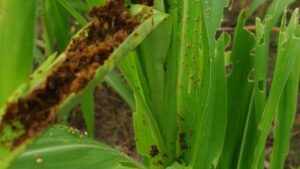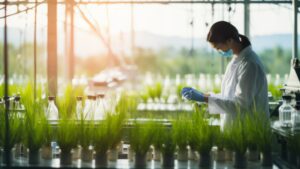Eurofins: 6 Trends to Watch in Global Crop Protection Regulations
In an era of shifting global regulations, the agroscience industry is experiencing unprecedented change. Companies face a dynamic environment where success depends on agility, foresight, and strategic investment.
-

-
1 of 6
Low-Risk Pesticides
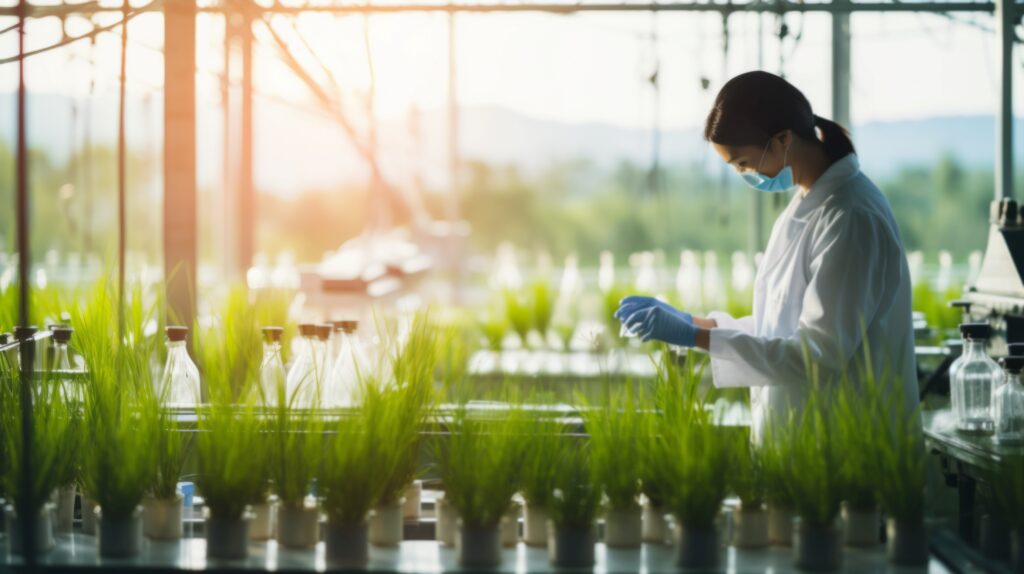
The crop protection industry favors low-risk pesticides, which includes new modalities, such as RNAi, proteins, peptides, 2°Metabolites, and small molecule innovation. Formulation and delivery technology is also a key for modern crop protection research. An example is biodegradable encapsulation, which stabilizes, transports, and releases an active ingredient in a controlled manner.
Stock Image: RF123
-
2 of 6
Disruptive Technologies

Several innovations are expected to further accelerate R&D projects, including lab and process automation driven by artificial intelligence, bioinformatics, IoT for smart agriculture, and the development of new alternative methods for in-vivo toxicology testing (so far, not approved for regulatory purposes).
Stock Image: RF123
-
3 of 6
Regulations to Watch

Top regulatory activity to pay attention to in 2025 include OECD GLP digital archiving, Europe REACh & CLP, New PPP regulation in Brazil, adaptation for biologicals, and new birds and mammals risk assessment approach (October 1, 2025).
Stock Image: RF123
-
4 of 6
Cash Flow and Market Outlook

This misalignment leads to insufficient funds for companies to fully invest in R&D or may result in the cancellation of studies. 2024 was a particularly challenging year, with more delays and losses than expected in large-scale food crops testing. To minimize surprises, look for added value in a partner CRO – one that understands market outlook and can offer more than product testing.
Stock Image: RF123
-
5 of 6
Endocrine Disruptor Data Requirements

These often require expensive and time-consuming studies. Addressing data gaps related to endocrine disruptors requires comprehensive studies that are both costly and time-consuming. There are very few laboratories globally capable of conducting these specialized studies. Authorities around the world have begun to regulate these substances and implement screening programs to minimize their environmental impact, requiring manufacturers in all industries to start testing their products for potential endocrine-disrupting effects. Be sure to investigate this aspect of your product.
Stock Image: RF123
-
6 of 6
Biological Material for Testing

Due to the technical expertise required and associated manufacturing costs, meeting the material quantities (in grams) required for animal safety, greenhouse, and field testing is challenging for biological products. Both start-ups and established manufacturers have faced challenges in producing the sufficient test material required for the necessary testing.
Delays in producing sufficient material to initiate studies can lead to delayed registration, impacting revenue opportunities and can reduce the number of studies placed. It is important to consider this before beginning the regulation process.
Stock Image: RF123
View all
Low-Risk Pesticides
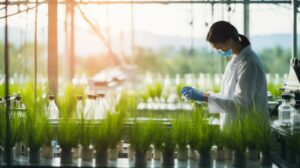
Disruptive Technologies

Regulations to Watch

Cash Flow and Market Outlook

Endocrine Disruptor Data Requirements

Biological Material for Testing
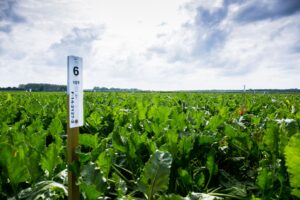
With increasing demand for low-risk pesticides, advancements in formulation and delivery technologies, and the rise of biological solutions, the industry must navigate both scientific and financial hurdles to bring products to market efficiently.
In this slideshow, Eurofins Agroscience Services offers six developments in the global regulations landscape to help your company accelerate innovation, mitigate risks, and navigate the regulatory maze.
Get The Newsletter Today!

Update
With over 30 years of experience in the crop protection industry, Eurofins Agroscience Services offers outstanding technical knowledge and project management skills. Our service offering is continuously developed by knowledge transfer initiatives between the Group's various centres of expertise across the globe. See all author stories here.
